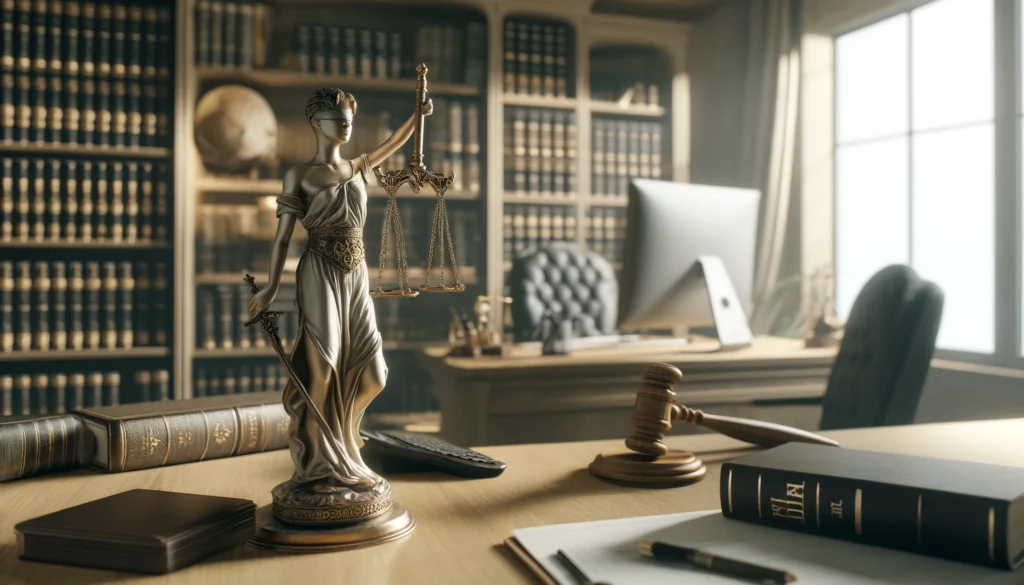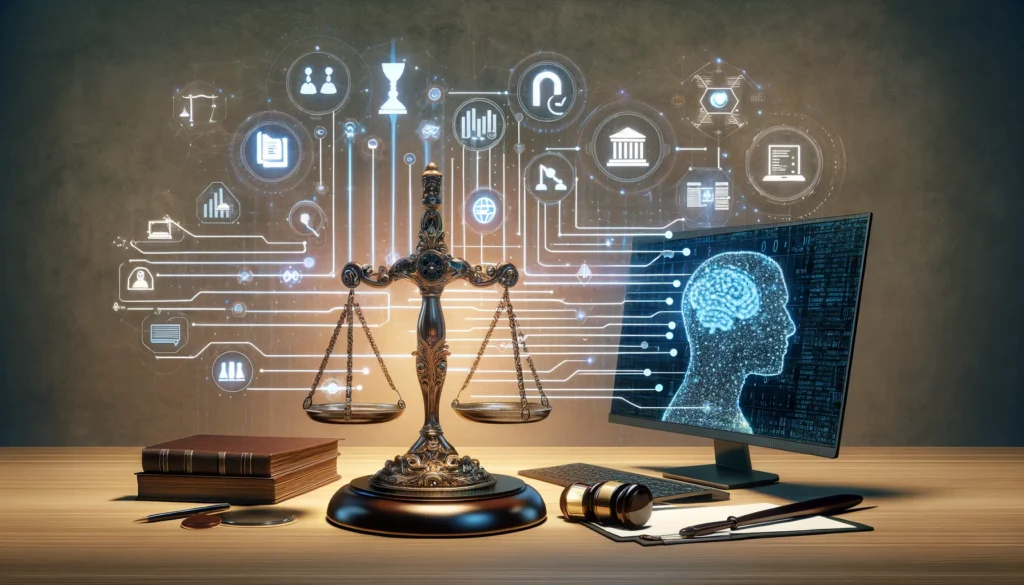
The Modern Paralegal’s Toolbox: An Overview of AI in Legal Work
The legal industry has seen a rapid influx of artificial intelligence (AI) tools transforming how tasks are performed. AI’s growing role in legal work, particularly for paralegals, is pivotal—optimizing document management, research, and client communications. Specifically, leveraging tools like ChatGPT offers paralegals precise, efficiency-boosting advantages. With the ability to process and generate text, ChatGPT aids paralegals in drafting documents, summarizing large texts, and even more intricate tasks like maintaining compliance.
Transitioning from understanding AI’s evolution, we will delve into how precise command crafting can push ChatGPT’s capabilities further in legal settings.
Prompting Perfection: Crafting the Ideal Commands for Legal Organization
To harness ChatGPT effectively, paralegals must master the art of crafting precise prompts. Properly designed prompts ensure that AI delivers accurate and actionable outputs.
- Clarity: Clearly state the task to avoid ambiguities.
- Specificity: Include explicit details to match the legal context.
- Context: Provide background information when necessary to guide the AI.
An effective prompt should include:
- Objective: What outcome do you seek?
- Scope: Define the boundaries of the task.
- Keywords: Incorporate vital terms related to the legal domain.
Moving ahead, we will explore specific prompts tailored to streamline various aspects of legal document organization.
Prompt 1: Automating Document Categorization
Categorizing legal documents efficiently is critical for organization. Here’s an example prompt:
Example Prompt:
“Organize the following legal documents into relevant categories: litigation files, corporate agreements, employment policies, property deeds, and compliance records.”
Techniques to refine document categories involve:
- Defining clear categories that align with your firm’s specific needs.
- Iteratively updating prompts based on initial outputs to better fit your classification schema.
With an effective category structure, the expected result will be a well-organized set of documents. Adjustments may be needed for edge cases or ambiguous files. This process aids in not only organization but also quick retrieval—a segue to our next topic.
Prompt 2: Generating an Index for Quick Retrieval
An index simplifies locating documents swiftly. Here’s how you can craft a prompt to create an index:
Example Prompt:
“Create an index for the following legal documents, sorted by categories like litigation, agreements, policies, deeds, and compliance.”
Ensuring comprehensive indexing involves:
- Including cross-references for documents relevant to multiple categories.
- Ensuring the index entries are detailed enough with subcategories when necessary.
A well-crafted index offers numerous benefits, chiefly expediting document retrieval. This efficiency is priceless in time-sensitive situations. Now, let’s look at leveraging AI for real-time collaboration.
Prompt 3: Real-Time Collaboration and Updates
Collaborative updates can often be cumbersome. Here’s a prompt to streamline this process:
Example Prompt:
“Track real-time updates and version control for the following document collaboration: [Specific details]. Flag discrepancies and ensure all changes are logged.”
Managing version control effectively requires:
- Using shared platforms integrated with AI for seamless updates.
- Setting clear protocols for logging individual inputs and changes.
This approach strengthens team communication and ensures document alignment, helping paralegals work more cohesively. Moving forward, AI can also play a vital role in summarizing complex legal documents for quicker insights.
Prompt 4: Summarizing Legal Documents for Quick Insights
Summarizing legal documents efficiently is another critical task. Here’s a prompt:
Example Prompt:
“Summarize the following legal document to highlight key points, clauses, and critical dates for quick reference.”
Capturing essential information involves:
- Ensuring summaries are concise yet comprehensive, covering crucial elements.
- Linking summaries back to original documents for immediate cross-reference.
Effective summaries save valuable time and support better decision-making. Now, let’s consider how AI can ensure compliance readiness.
Prompt 5: Ensuring Compliance Readiness
Compliance is a cornerstone of legal work. Here’s how a prompt can assist:
Example Prompt:
“Cross-check the following document against current [XYZ Regulations]. Highlight any compliance issues and suggest necessary modifications.”
Strategies for up-to-date compliance tracking include:
- Integrating AI with compliance databases for real-time updates.
- Regularly refining prompts to catch new and amended regulations.
Such proactive compliance mechanisms safeguard firms against legal risks. Conclusively, continuous improvement in prompt design can amplify these benefits.
Mastering the Art of Continuous Improvement
Iterative refinement of prompts and feedback loops are essential. Encouraging a culture of continuous improvement ensures that paralegals can leverage AI more effectively, making their workloads more manageable and accurate.
From Concept to Practice: Implementing AI-Driven Efficiency
To integrate AI tools into daily paralegal tasks, phased implementation coupled with regular training is vital. Being aware of common challenges such as resistance to change and data privacy concerns helps in mitigating pitfalls, fostering smooth AI adoption.
The Future Awaits: AI’s Role in Shaping Tomorrow’s Legal Landscape
AI’s role in legal work is continually evolving, projecting trends of further automation and sophistication. Staying ahead of these trends by engaging with AI tools like ChatGPT will be crucial for paralegals, ensuring they remain indispensable assets in their firms.


